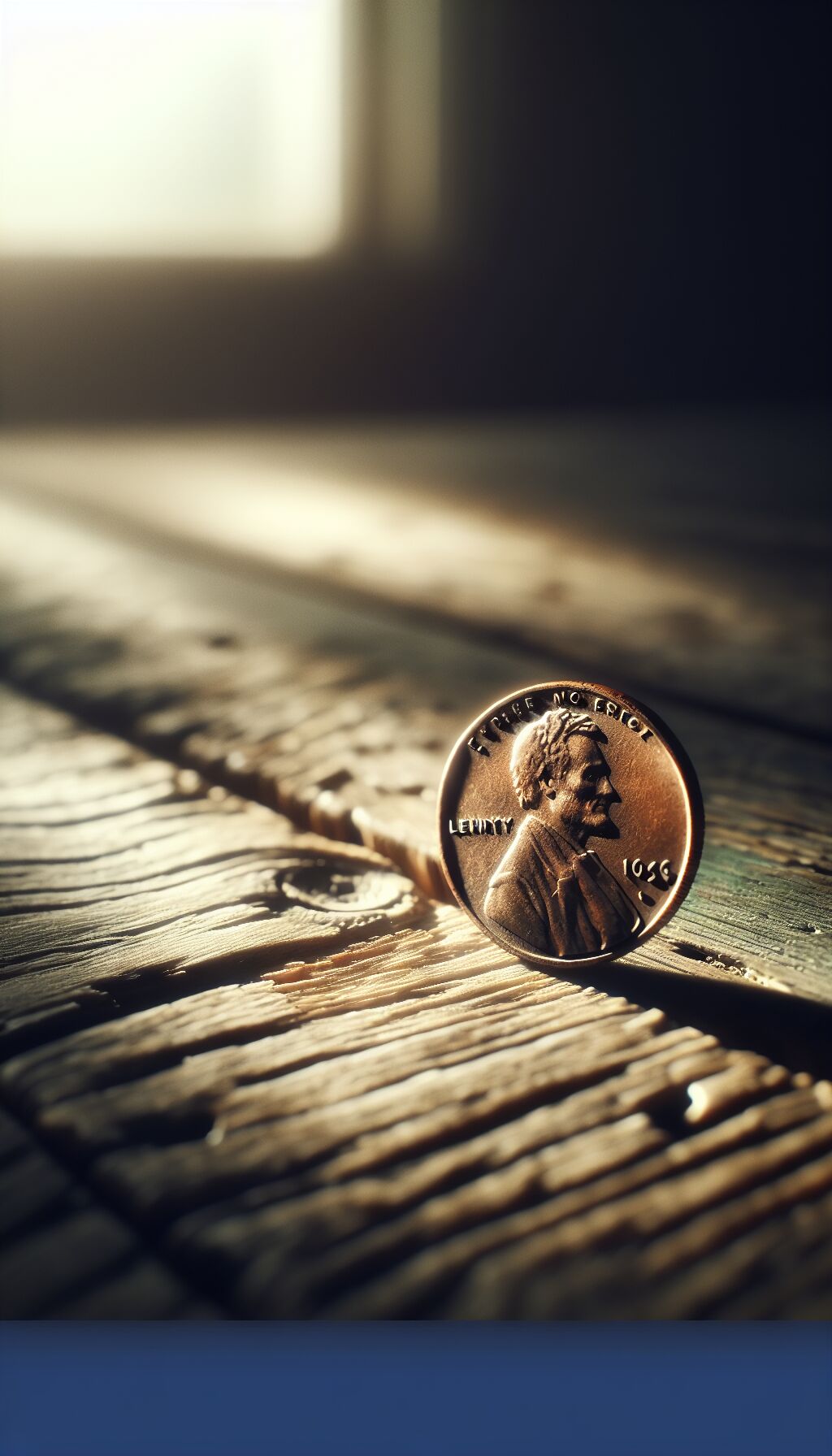The Cost and Utility of One Cent Coins in the US
By [Your Name]
Date: [Insert Date]
An Overview of the Penny’s Historical Context
The one cent coin, commonly known as the penny, has been a staple in American currency since its introduction in 1793. Initially minted in copper, the composition and design of the penny have undergone numerous changes over the years, reflecting the economic and cultural shifts in the United States. From its original value as a reliable form of currency to its current status, the penny’s role in daily transactions has come under scrutiny.
The Debate over the Penny’s Cost
One of the central arguments in the debate surrounding the penny is its cost of production. As the metal prices fluctuate, the actual cost to mint a one cent coin has at times exceeded its face value. According to various reports from the United States Mint, the production costs for a penny have consistently hovered around 1.8 cents per coin. This discrepancy has raised concerns regarding the sustainability of minting pennies, leading some to question their necessity in everyday transactions.
The Economic Impact of Eliminating the Penny
Advocates for eliminating the penny argue that its removal could streamline cash transactions and reduce costs associated with handling, storing, and transporting pennies. Analysts suggest that businesses and consumers could benefit from a system without one cent coins, as it would simplify pricing structures and lead to more efficient cash management.
However, the potential elimination of the penny is not without its detractors. Many small businesses, particularly those reliant on cash transactions, argue that rounding prices to the nearest five cents could have an unintended consequence: raising prices for consumers. This concern is particularly pronounced among low-income populations, who may feel the sting of increased costs disproportionately.
The Sentimental Value of Pennies
Beyond the economic considerations, the penny holds a unique place in American culture and sentiment. It serves as a symbol of tradition and nostalgia; many people associate the penny with childhood experiences of collecting change or the excitement of finding money on the ground. This sentimental value can be compelling, making the argument for keeping the penny alive more emotionally charged than purely numerical analyses suggest.
The Current Use of Pennies in Society
Despite the debate over their usefulness, pennies remain in circulation. They are often used in everyday transactions, particularly in small purchases such as candy or convenience items. However, the increasing use of digital payments and credit transactions has led to a decline in the physical handling of coins in general, particularly of low denominations such as the penny.
International Perspectives
The United States is not alone in grappling with the issue of low-denomination coins. Countries such as Canada and Australia have previously eliminated their one cent coins, leading to discussions about the pros and cons of their removal. Studies from these countries have indicated that the abolition of low-denomination currency can lead to smoother transactions and increased efficiency, paving the way for a broader dialogue in the United States about the future of the penny.
The Future of the Penny
As technological advancements continue to evolve, the future of the penny remains uncertain. With the rise of electronic payments, many financial experts predict a gradual decline in the need for physical currency, including pennies. Programs encouraging the rounding of prices and the use of digital wallets may herald a new era where low denomination coins become obsolete.
Nevertheless, any potential changes regarding the penny’s status would require significant public discourse and legislative action. The American public’s attachment to the penny, along with the complexities of consumer habits, means that any decision about its future would necessitate broad consensus and understanding.
Conclusion: Balancing Tradition and Progress
The discussion surrounding the cost and utility of one cent coins is emblematic of a broader challenge: balancing tradition with the realities of modern economics. As the nation evaluates the value of the penny in the 21st century, considerations of financial efficiency should be weighed alongside cultural sentiment. Whether the penny persists or faces extinction, it is clear that its impact on American society continues to provoke thoughtful debate.












